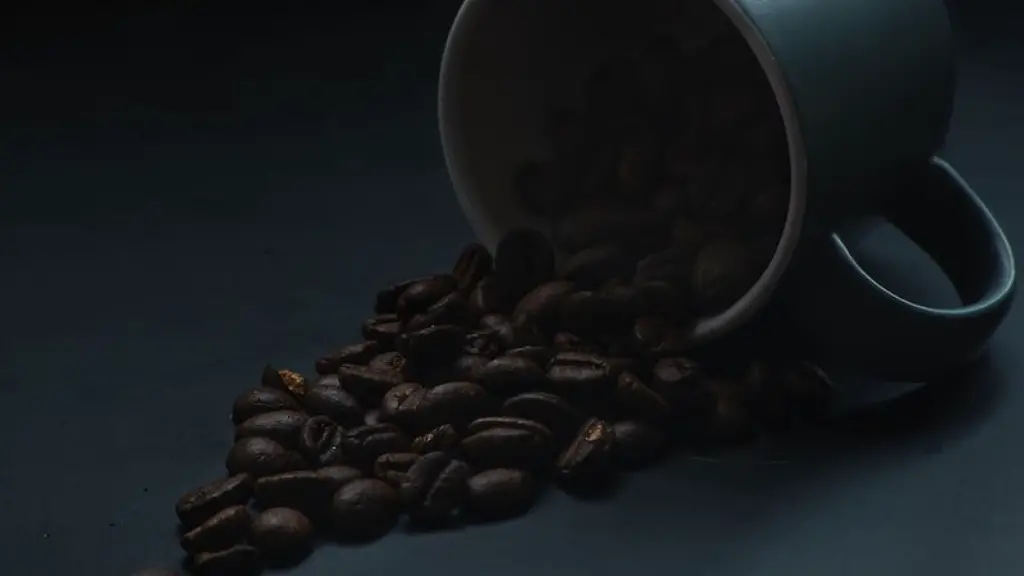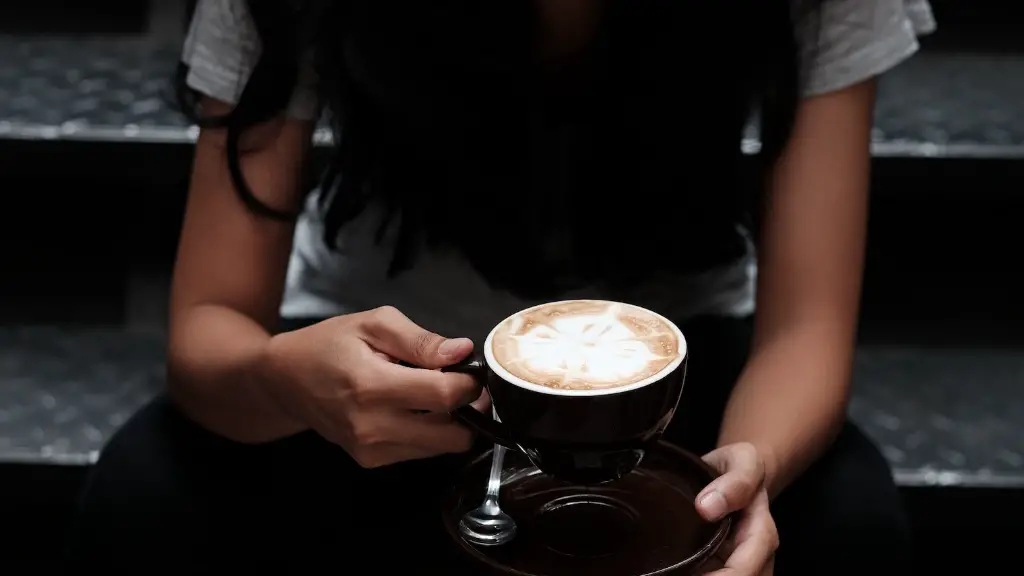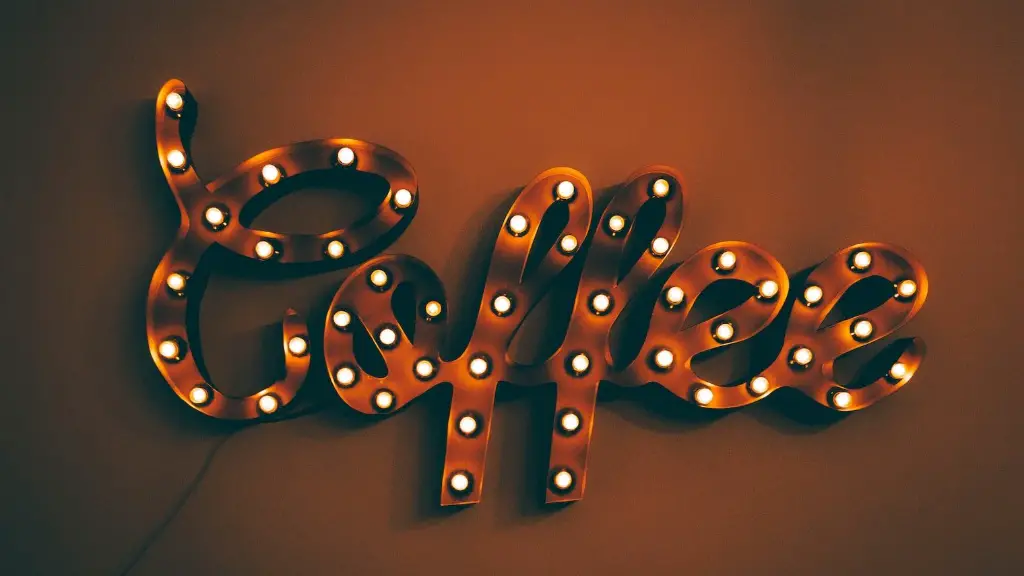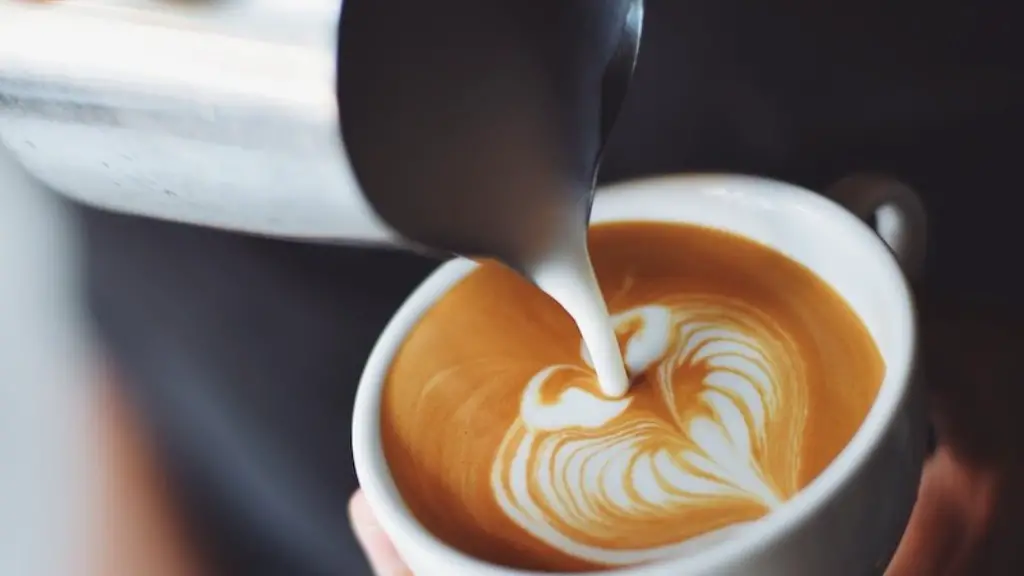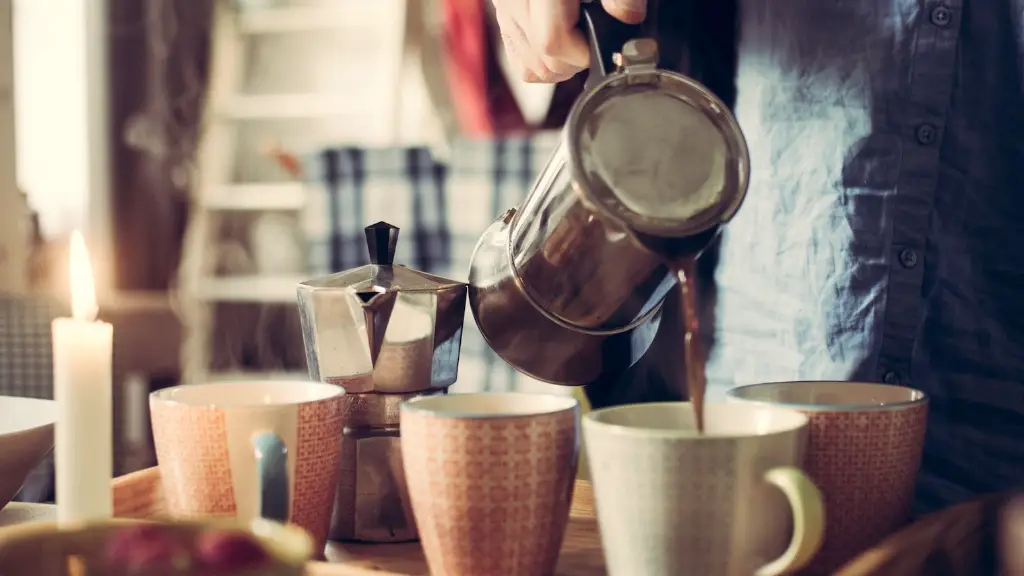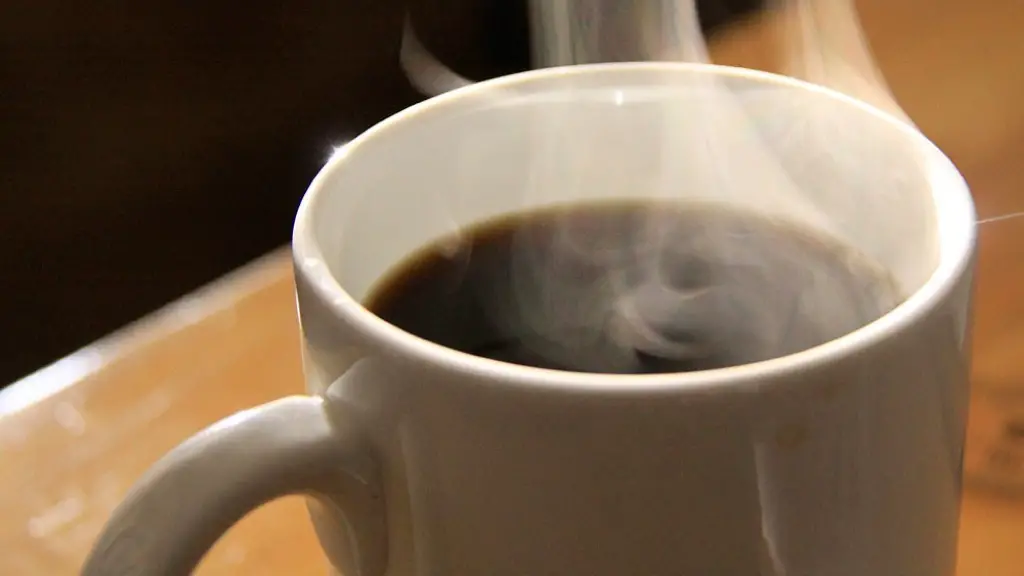In coffee roasting, the beans are first cleaned and then sorted by size. Then, they are roasted in a roaster where they are turned or stirred constantly so that they do not burn. The roasting process brings out the flavor and aroma of the coffee. The beans are then cooled and ground.
Coffee beans are typically roasted in a drum roaster. These roasters rotate the beans continuously, creating an even roast. The temperature and time the beans are roasted for will determine the final flavor of the coffee.
What is the process of roasting coffee beans?
Coffee beans are roasted in small batches in a roaster. The case of the beans is hardened using flames and they are constantly rotated inside the machine. The beans are checked every few seconds and the gasses are released. Finally, the roasted beans are protected and preserved.
Heat causes a reaction between the carbohydrates and amino acids in the beans, which changes the beans’ color, flavor, and nutritional content. The change in color is due to the production of melanoidins, which are large molecules that not only turn the beans brown, but contribute to mouthfeel and body.
What is the difference between roasted and unroasted coffee beans
Chlorogenic acid is present in unroasted coffee beans, and is responsible for much of the coffee’s bitterness. Roasting coffee beans reduces the bitterness and brings out the coffee’s natural sweetness.
Drum Roasting:
This is the most common method used for roasting coffee. The coffee beans are placed in a perforated drum that is rotated over an open flame. The beans are roasted evenly as they tumble inside the drum.
Hot Air Roasting:
In this method, the coffee beans are roasted in a hot air roaster. The beans are placed in a chamber and hot air is circulated around them. This roasting method is faster than drum roasting and produces a lighter roast.
How does Dutch Bros roast their coffee beans?
Coffee beans go through a lot of process before it is finally served to us. It is firstly harvested and then removed from the fruit. After that, it is cleaned, hulled and then roasted at around 400 degrees. All these processes are necessary in order to get the best tasting coffee.
The first stage is the drying stage, during which the coffee beans are heated to evaporate any moisture content inside the bean. This stage is important to prevent the beans from burning during the subsequent stages.
The second stage is the browning stage, during which the coffee beans are heated to create the characteristic brown color of roasted coffee. This stage also helps to develop the coffee’s flavor.
The third and final stage is the development stage, during which the coffee beans are heated to further develop the flavor of the coffee. This stage is important to ensure that the coffee’s flavor is well-rounded and balanced.
Can you drink freshly roasted coffee?
It is almost safe to say that you can drink coffee straight away after roast. Coffee freshness is relevant, but less so than expected. Bear in mind, there might be some green vegetable notes coming out from the cup.
Coffee is best consumed fresh, within 2 to 3 weeks of being roasted. After roasting, coffee beans need a few days to degas before they are ready to be brewed. At three days old, coffee is at its peak – you will be able to taste the most flavorful notes and appreciate the body and acidity of the coffee. However, coffee will still be enjoyable to drink for a few weeks after it is roasted.
What happens if you don’t roast coffee beans
Coffee beans are at their best flavor-wise when they are fresh, either unroasted or immediately after roasting. After two weeks, the beans begin to lose their flavor. So, it is best to enjoy your coffee as soon as possible after the beans have been roasted.
It seems that drinking boiled or pressed unfiltered coffee may not be the best choice for men aged 60 and above. The results of a recent study showed that this type of coffee may raise the risk of death due to elevated cardiovascular mortality. However, drinking filtered coffee was found to be healthier than not drinking coffee at all. This is likely because the paper filter removes some of the harmful substances from the coffee.
Is it safe to drink unroasted coffee beans?
Yes, it is safe to eat raw coffee beans. However, they may not taste very good due to their high acidity. Raw coffee beans are also quite hard, so they may be difficult to chew.
A medium roast coffee has more chlorogenic acid than a light roast coffee. Chlorogenic acid is a powerful antioxidant that has many health benefits, including reducing inflammation, repairing cell damage, lowering cholesterol, and improving your complexion. If you’re looking for a coffee that will give you a health boost, choose a medium roast.
How do you roast coffee like a pro
Roasting your own coffee is a great way to get fresher, more delicious coffee. It’s also a fun process that you can do at home with just a few simple steps. Here’s how to roast your own coffee in six steps:
1. Buy unroasted green beans. Pro tip: Buy two pounds raw to yield one pound roasted.
2. Round up the equipment. Pro tip: Use a popcorn popper or iron skillet to save money.
3. Start roasting.
4. Pull them out once they’re dark enough.
5. Cool beans.
6. Let them breathe, then start the brew.
Death Wish Coffee is said to be the strongest coffee in the world. It is a blend of Arabica and Robusta beans, which makes it high in caffeine. It is available in both ground and whole bean form.
What is the most common way to roast coffee beans?
There are many ways to roast coffee beans, but the two most common methods are using a pan or oven, or using a purpose-built coffee roaster. While using a pan or oven is the cheapest way to get fresh beans, we recommend using a popcorn machine or purpose-built coffee roaster for the best possible results. Popcorn machines and purpose-built coffee roasters are simple and consistent, making them the ideal choice for those looking to produce the perfect cup of coffee.
Coffee is a popular beverage and its popularity means that there is a high demand for coffee beans. To meet this demand, coffee companies source their beans from all around the world. This ensures a steady supply and a variety of flavors. The three coffee regions they source from are Latin America, Asia-Pacific, and Africa. This allows them to provide a range of coffee flavors to their customers.
Conclusion
Coffee beans are roasted by first being placed in a roaster where they are then heated up to around 400 degrees Fahrenheit. The beans are then constantly stirred so that they roast evenly. After about 10-15 minutes, the beans are then removed from the roaster and cooled down.
Coffee beans must be roasted in order to produce the coffee that we know and love. The roasting process involves heating the beans in order to release their natural oils and flavors. This results in a drink that is full of flavor and aroma.
